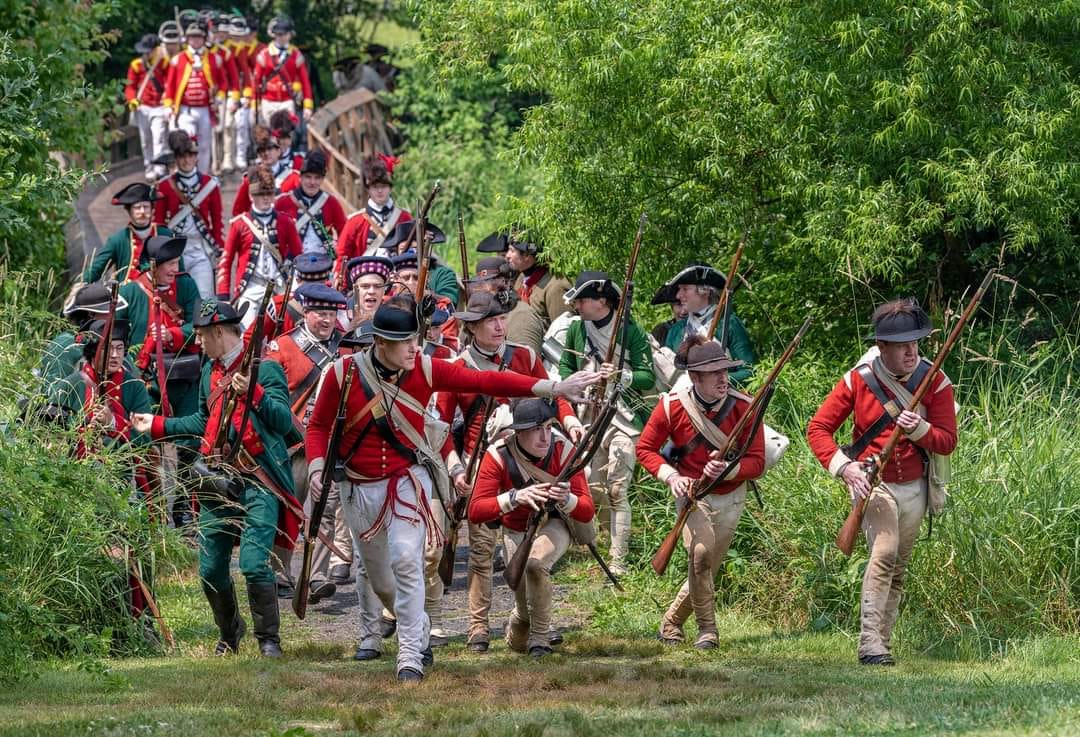Forage Wars

January – May, 1777
“… the Rebels have the whole winter gone upon a very prudent plan of constantly harassing our quarters with skirmishes and small parties, and always attacking our foraging parties. By this means they gradually accustom their men to look us in the face, and stand fire which they never dared to attempt in the field.”
– British Colonel Allan MacLean
In January of 1777, in the wake of three surprising American victories during the Ten Crucial Days, the British army withdrew from Princeton north to New Brunswick, which is centrally located in New Jersey and can be supplied from New York via the Raritan River. But even still, the British needed to scour the local countryside to find forage – food like hay and oats – to keep their horses alive during the cold winter months.
The Continental Army, which has been encamped at Morristown, in the Watchung mountains north of New Brunswick, needed forage also, and this competition for food led to a series of skirmishes and small engagements between the two armies.
These clashes would continue throughout the winter, until the growth of spring grass would provide a new source of forage for both armies and end the conflict. At which point the British decided to abandon New Brunswick, and would never again exert their control over the New Jersey countryside.
Today, visitors to the area can enjoy a picturesque landscape along the Raritan and Millstone rivers, and discover many historic buildings and sites associated with this period of the Revolution, along with many opportunities for recreation.








